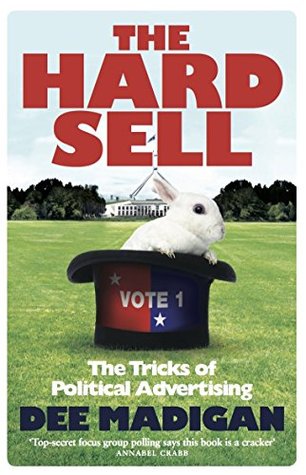Kindle Notes & Highlights
by
Dee Madigan
Read between
December 19, 2019 - February 1, 2020
When the Labor Party was first formed (which was either under a tree in Queensland or above a shop in Balmain in Sydney, depending on whom you talk to), it was the Socialist Workers Party. Somehow over time these two things, the socialist and the worker, have become separated. Socialism has morphed into progressivism and has become quite disparate from the working class. Thus the problem now with the Labor brand is that it speaks to two different audiences and is driven by two different sets of needs and ideologies. Is it a party for the workers or a party for the progressives? Can the same
...more
It doesn’t mean the ALP shouldn’t have progressive policies, but they do need to be carefully packaged to be on brand—to be framed to appeal to both the traditional working-class voters (who often no longer identify as working class but rather middle-class families who struggle with the cost of living) and the progressives.
Even putting aside the risk for corruption, if political parties relied purely on donations to fund their campaigns, policy decisions would predictably become informed by business not public interest. And that is a terrible outcome for all except those who believe in the ‘trickledown effect’—a mythical construct in which big business gets richer and, through sheer largesse, shares its riches with all of us, and we all benefit and live happily ever after.
stating that a ‘significant number’ of respondents thought the NBN wouldn’t make any difference to their business—whereas in fact 51 per cent (that is, the majority!) said it would make a significant difference.
The reason for the increase since the 1990s is largely due to the advent of pay TV, which split up consumers according to viewing habits. This was a double-edged sword for us because, while it meant we could target more accurately, it also meant the audience was more fragmented and therefore harder to reach. It also meant that if an ad wasn’t instantly engaging, consumers could very quickly turn to another station. Or fifty. So unless political parties could advertise on every possible station (which would chew through any budget), ads had to be more engaging. And negative ads are more
...more


